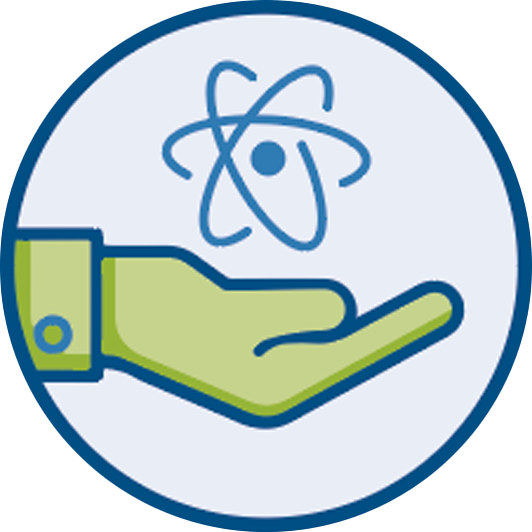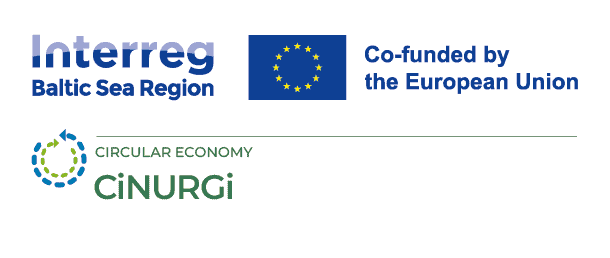
Market evaluation and the development of markets in recycled nutrients
28 October 2025
As part of the project, CiNURGi has identified and described the most innovative and optimal solutions for nutrient recycling and assessed their market potential. To promote the development of the market in recycled nutrients CiNURGi has compiled and analysed best practices and most innovative solutions for nutrient recycling based on organic wastes from farming, industry and municipalities, which are already commercialised or close to being market mature and having potential for a wider dissemination in the Baltic Sea Region.
CiNURGi operates from the conviction that solutions for nutrient recycling shall provide positive environmental and climate impacts, meaning an overall positive contribution to societal economy, which is why the solutions for nutrient recycling were analysed for their environmental, climate and overall economic impact as well as end-user acceptance, market potential and policy framework. Nutrient recycling solutions must have a prospective market, and acceptance from end-users’, namely crop farmers. In addition, policies are important since they can set up barriers, often unintentional, and in other cases include elements that could serve as enablers for deployment of the prospective solutions, which is why these aspects need to be analysed.
The process of identifying the best practices and most innovative solutions and their assessment for environmental, climate and overall economic impacts are described in:
- Scientific article: Foged Henning Lyngsø, Ida Sylvain, Priscila de Morais Lima and Oksana Valetska. 2025. Evaluation of bio-based fertiliser production for its environmental, climate and overall economic performance; methodology and results, Frontiers (Waiting for Publication)
- Report: Identification and Assessment of Innovative Nutrient Recycling Solutions: Environmental, Climate, and Economic Performance
While the analyses for end-user acceptance, market potential and policy implications are described in:
Identifying innovative solutions
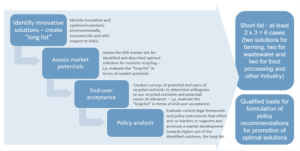
This figure shows the flow of the process to identify and prioritise the best practices and most innovative solutions for increased nutrient recycling.
To identify innovative solutions CiNURGi opened a call for “Best practices and innovative solutions for recycling of nutrients” in 2024. The aim was to invite pioneers in nutrient recycling to step forward and share their success stories. CiNURGi identified several solutions for nutrient recycling and evaluated their environmental, climate and overall economic impact. From the pool of 24 identified solutions, 11 cases were retained for further analyses, since 13 cases were outside of the scope, or not sufficiently developed or in other ways unable to deliver necessary data and information for an immediate evaluation of environmental, climate and overall economic impact.
A custom-made method was developed to allow an immediate evaluation of environmental, climate and overall economic impact of value chains for increased nutrient recycling, since no conventional method exists for this purpose. The method assesses the Nutrient Recycling Impact (NRI) as well as the Direct Emission Reduction Impact (DERI) and calculates and overall Guiding Social Cost (GSC) of the solutions. The GSC includes the capitalised value of the NRI and the DERI as well as assessed value chain costs. In this method all evaluations are done against a baseline scenario, informed by the value chain owners, meaning the way of disposing of the organic wastes if the given value chain was not established.
To summarize the findings of the report Identifying best practices and most innovative solutions for nutrient recycling and analysing them for their environmental, climate and economic performance: there is a wide difference in the environmental, climate and economic performance of the analysed solutions, partly due to the policy context. Processing of organic wastes requires additional consumption of energy for transport and processing, it most often requires investments in handling, storage and processing facilities, and typically also means consumption of chemicals for the processing. In several cases the production of bio-based fertilisers cannot be justified, not even in a social economic perspective where the possible policy barriers are removed and the capitalised value of the environmental and climate benefits is diverted back to the value chain owners in the form of subsidies or alike.
Nutrients in bio-based fertilisers are in average 75% more costly in a society perspective than nutrients in mineral fertilisers. Therefore, nutrient recycling should be promoted with products requiring the least possible processing costs.
To summarize the findings of the report Market Evaluation and Review of Policy Affecting Nutrient Recycling: CiNURGi conducted surveys and interviews to gain insight into end-user acceptance, since this is imperative for market penetration. Farmers have clear preferences related to the chemical content, fertilising effect, origin, etc. of bio-based fertilisers, but as the most important criterion for crop farmers is the price, the market for recycled nutrients is hampered by high production costs. Market potentials are constrained by needs for investments in facilities for collection and processing of the organic wastes as well as high production costs. The availability of the raw materials for recycled nutrient fertilisers is overall good and does not pose a potential market limitation, in the same way as crop farmers’ willingness to pay for fertilisers.
The analysis of the current policy landscape for nutrient recycling revealed six key barriers and five incentives affecting the recycled nutrient fertiliser market development. A major barrier is that the Baltic Sea Region countries do not prioritise to offer financial incentives for an increased nutrient recycling, which the Common Agricultural Policy (CAP) makes possible. Also, there are, in most Baltic Sea Region countries, complicated procedures for permitting the use of industrial and municipal wastes for fertilisation purposes.
Task lead: Organe
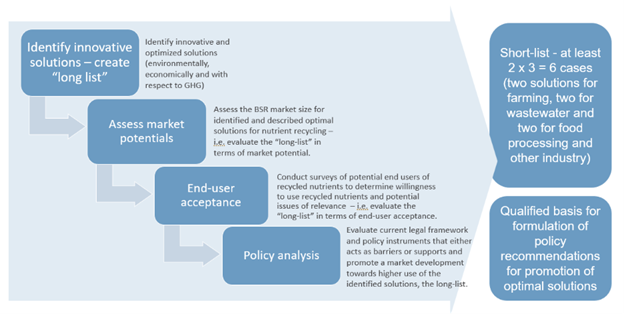
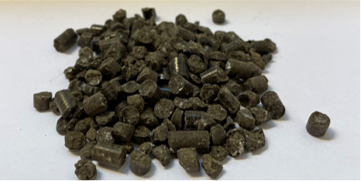
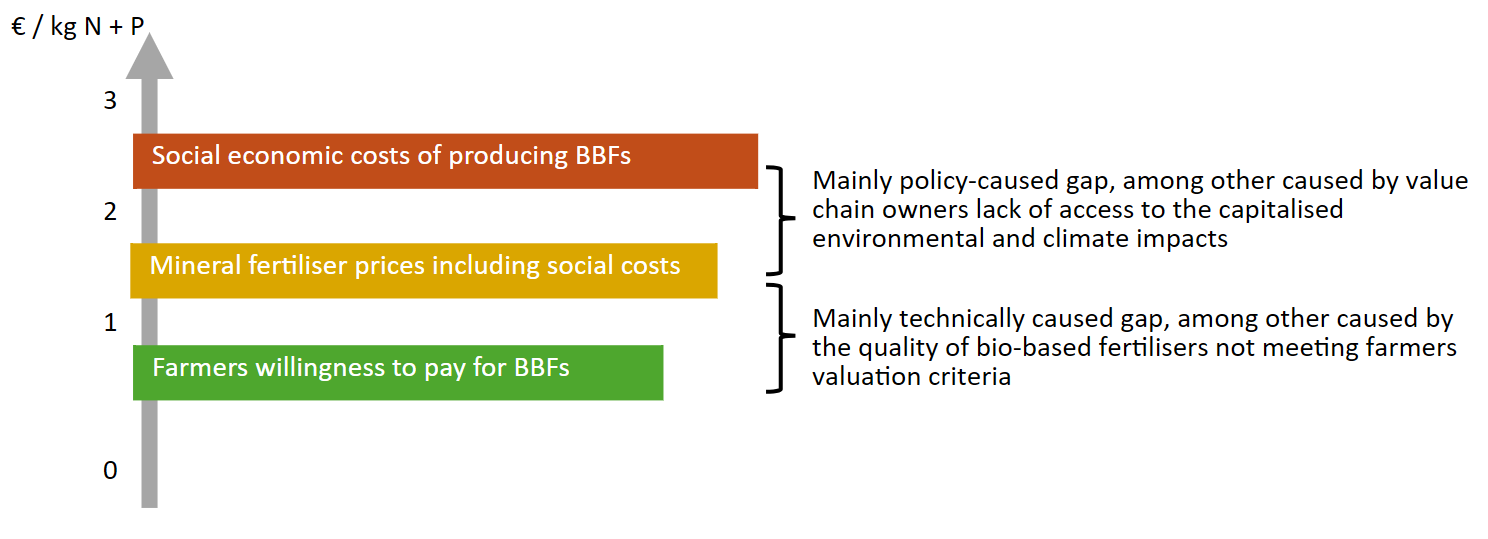
Interactive map showing pilot locations. Use the arrow keys to move the map view and the zoom controls to zoom in or out. Press the Tab key to navigate between markers. Press Enter or click a marker to view pilot project details.



